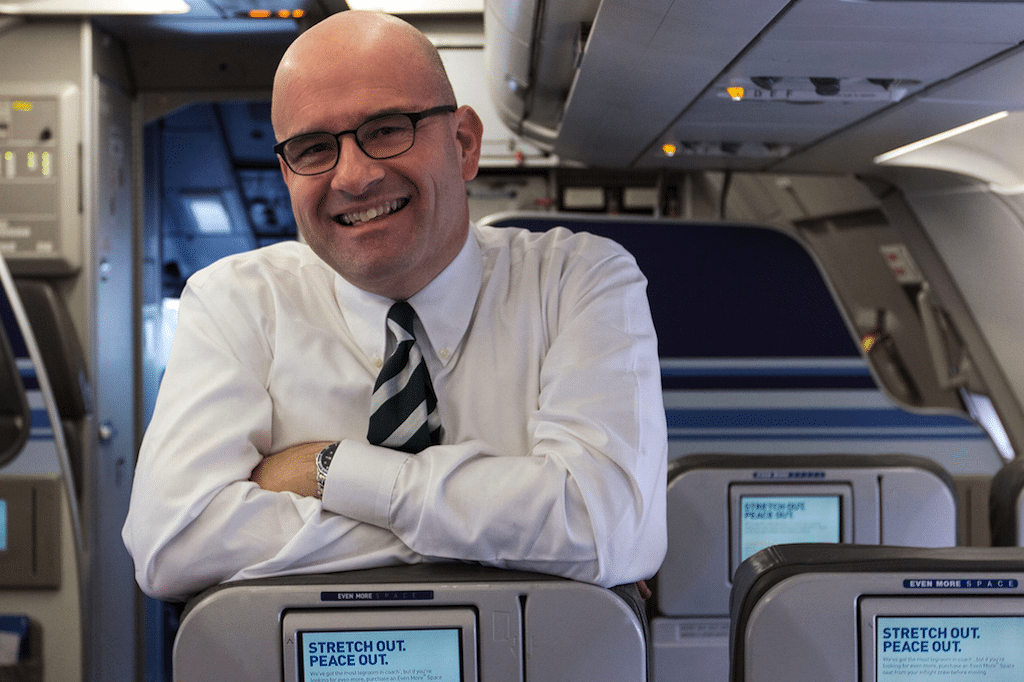JetBlue Senior Executive Marty St. George Is Leaving the Airline

Skift Take
Marty St. George, chief commercial officer of JetBlue Airways, who helped lead the team that created the airline’s popular Mint business class earlier this decade, is leaving his position, the airline confirmed on Wednesday. Skift was the first to report the news Tuesday night.
St. George is among the longest tenured senior executives at JetBlue. He joined the airline in 2006 as head of planning, deciding where the airline would fly and when. He earned greater responsibility over time, at one point serving as the airline’s senior vice president for marketing.
St. George began leading the airline’s commercial functions in 2014, and was named an executive vice president one year later, overseeing all of the airline’s revenue-generating departments, according to his LinkedIn profile.
Reached Tuesday night, St. George declined to comment, asking a reporter to contact JetBlue’s corporate communications department.
On Wednesday, JetBlue confirmed the news, saying St. George will leave later this month. It did not name a direct successor, but promoted two executives on the commericial team. Scott Laurence, senior vice president for planning, is now head of planning, and overseeing not only routes and partnerships, but also revenue management and sales.
Don Uselmann, who has led the airline’s operations at New York JFK Airport, is now vice president for loyalty and personalization
JetBlue’s executive ranks have had considerable turnover in the past four years, ever since Robin Hayes took over as CEO from Dave Barger. Within the past two-and-a-half years, Hayes has named a new president, a new chief financial officer, and a new general counsel. Hayes also created some new positions, including chief product officer.
Some of the new senior executives, such as President Joanna Geraghty, rose through the ranks, while others, including CFO Steve Priest, came from outside.
While Mint has been a major success — the airline keeps rolling it out in new markets and will bring a version of it to Europe in a couple of years — JetBlue has had some financial stumbles recently, underperforming compared to its peers on some financial metrics.
One problem is that, after a series of industry mergers, it’s far smaller than the competition. It is the sixth-largest U.S. airline, considerably smaller than United, American, Southwest, and Delta, and a bit smaller than Alaska Airlines. Airlines are often a scale business, and JetBlue doesn’t have it.
In a report on Friday, analyst Hunter Keay of Wolfe Research said JetBlue could someday be a takeover target, naming United as a possible acquirer. Perhaps, Keay said, United would first buy a small stake and then make a move for the company.
This story has been updated with new information from JetBlue.




